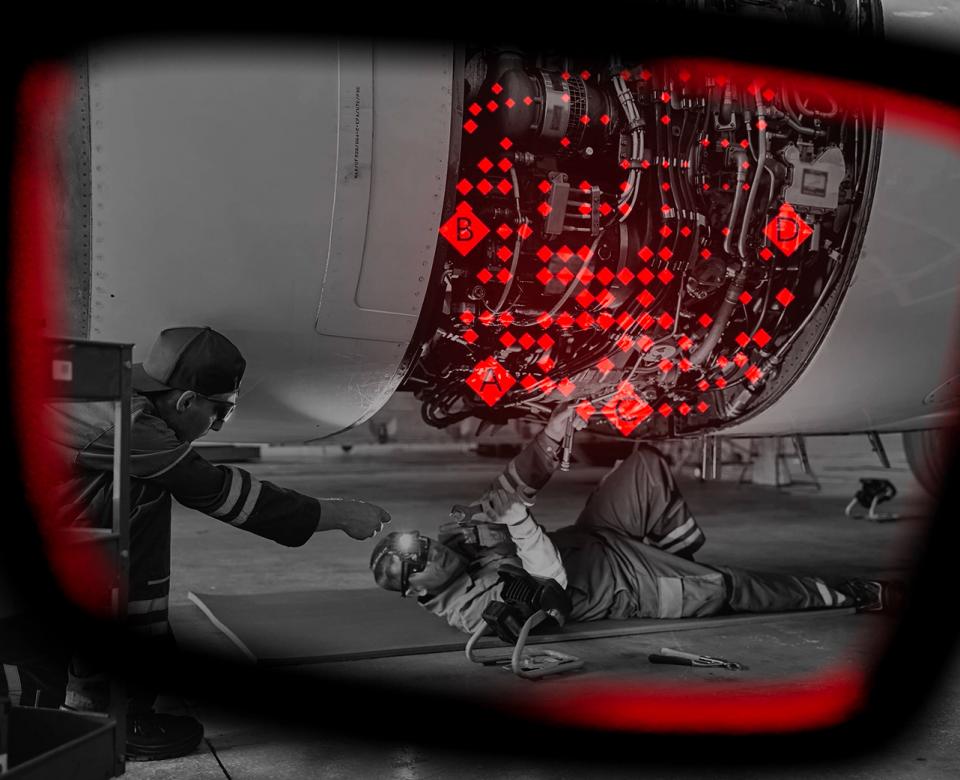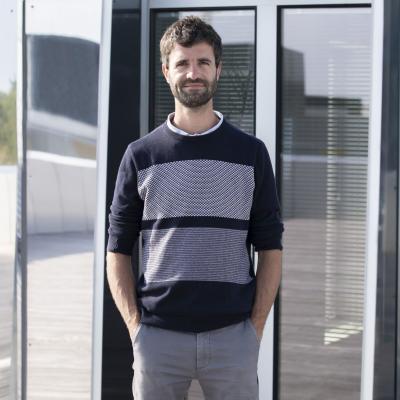holography

holography, the ideal 3D display
Recent advances in the field of immersive technologies have created a strong desire to experience the ultimate Star Wars like 3D display able to project the user into a realistic virtual environment or to give the illusion that other people from miles away are present in the same place.
Unfortunately, current 3D visualization devices, such as virtual or augmented reality headsets, are based on stereoscopy, which fails to create a natural, realistic illusion of depth. Indeed, to perceive a sharp image, the viewer has to focus on a fixed plane whose depth does not match the actual location of the virtual objects. This severely degrades interaction and immersion and creates the so-called vergence-accommodation conflict, leading to eye strain and headaches.
To solve this limitation, holography is the ultimate 3D display technology since it provides all the depth perception cues of the human visual system. To create the illusion of depth, a hologram reproduces the light wave that would be emitted by a real or virtual scene, allowing it to be perceived as if it were physically present. Holography thus enables the most comfortable and immersive 3D visualization experience without causing eye strain.

holography at b<>com
b<>com’s research activities cover the entire holographic signal processing chain, with three main areas of investigation.

computer-generated hologram synthesis
The first area concerns computer-generated hologram synthesis, aiming for the most realistic real-time rendering. A holographic calculation engine has been developed as a plugin for Unity, rendering color holograms at over 60 frames per second on a personal computer. Several algorithms taking into account scene occlusions and illumination have also been patented.
coding of holographic data
A second research area concerns the coding of holographic data, which has very different properties from traditional 2D images and videos. Specifically, a hologram contains
high-frequency coefficients which play a major role in 3D visualization and cannot be removed by conventional image coding techniques. Several compression procedures have been patented by b<>com, taking into account the holographic signal specificities.
holographic display device
Finally, the last area concerns the development of a prototype holographic display device.

With holographic vision, virtual objects are perceived by the user as if they were physically present. This is a transformative innovation for user experience that expands the professional applications of holography.
stereoscopy vs. holography
/traditional AR view/
With conventional augmented reality glasses, virtual content appears in focus at an infinite distance away from the user. It is therefore impossible to perceive a sharp image of the virtual elements and the real-world environment on which they are superimposed at the same time: By focusing on the virtual content, real objects appear blurred, and vice versa. The interaction with virtual content is therefore complicated, and long-term usage of the glasses leads to eye strain and headaches.
/holographic AR view/
With holographic augmented reality glasses, virtual objects are perceived by the user as if they were physically present.
Thus, it is possible to focus on the virtual elements and the real-world environment on which they are superimposed at the same time, facilitating interaction. The use of the glasses is comfortable and creates neither eye strain nor headaches.
Industry
Augmented Medecine
Head-up display
Teleconference and telepresence system
All applications that call for natural, realistic 3D visualization can take advantage of the benefits that holography can offer: Teleconferencing and telepresence systems, augmented medicine, virtual-reality video games, heads-up displays in aircraft, or cars, and virtual assistants. In the longer term, holographic screens could replace traditional television screens.

